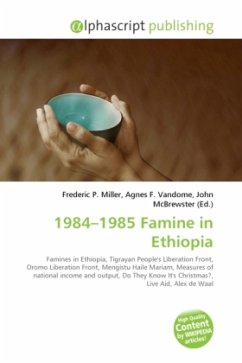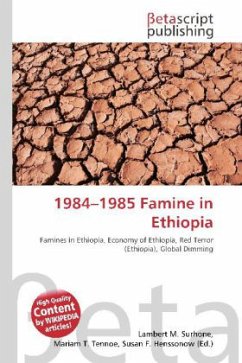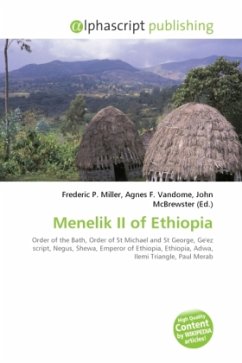The 1984 1985 famine in Ethiopia was a widespread famine affecting the inhabitants of today's Eritrea and Ethiopia. Four Ethiopian provinces -- Gojjam, Hararghe, Tigray, and Wollo -- all received record low rainfalls in those years. The effects of this low rainfall were exacerbated by lack of adequate government preparations, as well as the increasing drain on government revenues by various insurgencies. In the north, the insurgency of the Tigrayan People's Liberation Front and the government's counterinsurgency was the ultimate cause of the famine, though the failure of the short rains in 1984 was the proximate cause. In the south, a separate and simultaneous cause was the Oromo Liberation Front (OLF) insurgency. In 1984, President Mengistu Haile Mariam announced that 46% of the Ethiopian Gross National Product would be allocated to military spending, creating the largest standing army in sub-Saharan Africa; meanwhile, the allocation for health in the government budget fell from6% in 1973/1974 to 3% in 1990/1991. Although an estimated death toll of over one million from this famine is often quoted, this figure has been challenged due to "scant empirical evidence".
Bitte wählen Sie Ihr Anliegen aus.
Rechnungen
Retourenschein anfordern
Bestellstatus
Storno








